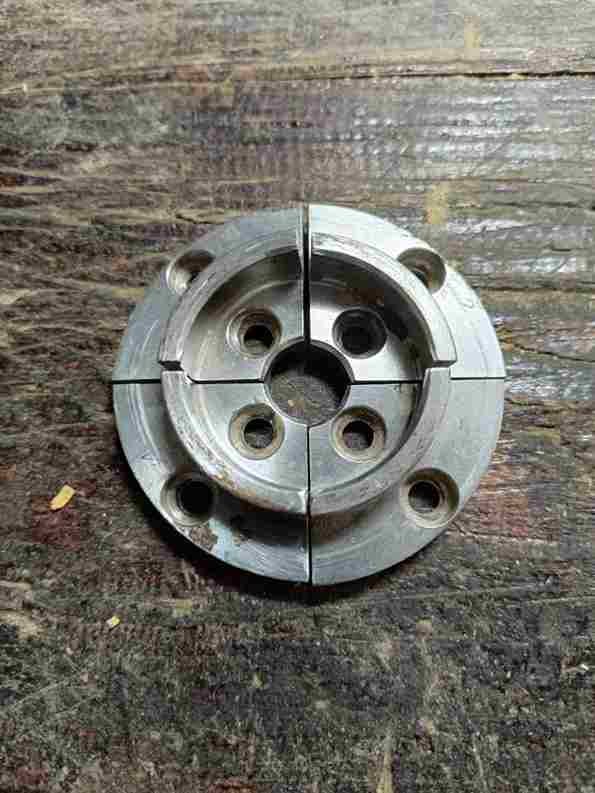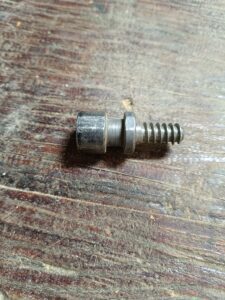How Chucks and Jaws Work
How chucks and jaws work are is essential knowledge in understanding how each tool works for any woodturner, offering precision and stability for a variety of projects. Whether you’re turning bowls, spindles, or intricate shapes, understanding how these tools work will help you select the best options for your needs.
Choosing the Right Chucks and Jaws for Your Projects
Before purchasing, consider the type of woodturning projects you plan to undertake. Factors like the maximum and minimum width of the wood and the type of grip required will influence your choice.
Key Types of Chucks and Jaws:
1. Step Jaw Chuck: Ideal for gripping multiple sizes and irregular shapes, reducing frequent jaw changes.
2. Jacobs Chuck (Drill Chuck): Versatile for drilling and Forstner bits; requires a Morse Taper for lathe attachment.
3. Jam Chuck: Best for finishing bowls and hollow forms, using friction for a tight fit.
4. Shark Jaw Chuck: Serrated teeth provide a powerful grip for versatile applications.
5. Pin Chuck: Perfect for small, detailed projects like jewelry or ornaments.
6. Screw Chucks: Provide a secure hold for small to medium workpieces; suitable for bowls and spindles.
Faceplates: A Robust Alternative
For heavier, irregularly shaped projects, faceplates are an excellent choice. They require screws for mounting but offer unmatched stability for larger pieces.
Pro Tip: Plan screw placement carefully to minimize visible marks on your finished project.
Common Pitfalls and Lessons Learned
When I first purchased my lathe, I overlooked the importance of checking the size range of the chuck jaws. This mistake limited my project options early on. Research thoroughly to ensure the tools you choose fit both your current and future needs.
Conclusion: Optimizing Your Woodturning Experience
Chucks and jaws are transformative tools for woodturners, offering versatility and precision. Invest time in selecting the right tools for your projects, and you’ll enhance your woodturning experience significantly.
Comments Section:
We’d love to hear your experiences with chucks and jaws! Share your thoughts below and suggest topics for future blogs.
Next Blog Preview:
Stay tuned for the next blog on cost-effective woodturning tips for beginners!
Add your comments below and any suggestions for future blogs.
Need help? I’m not that far away:
Click below to view other intersting ideas for your wood working hobby
Choosing the Right Woodturning Lathe
Bench Grinder Options for Your Workshop











